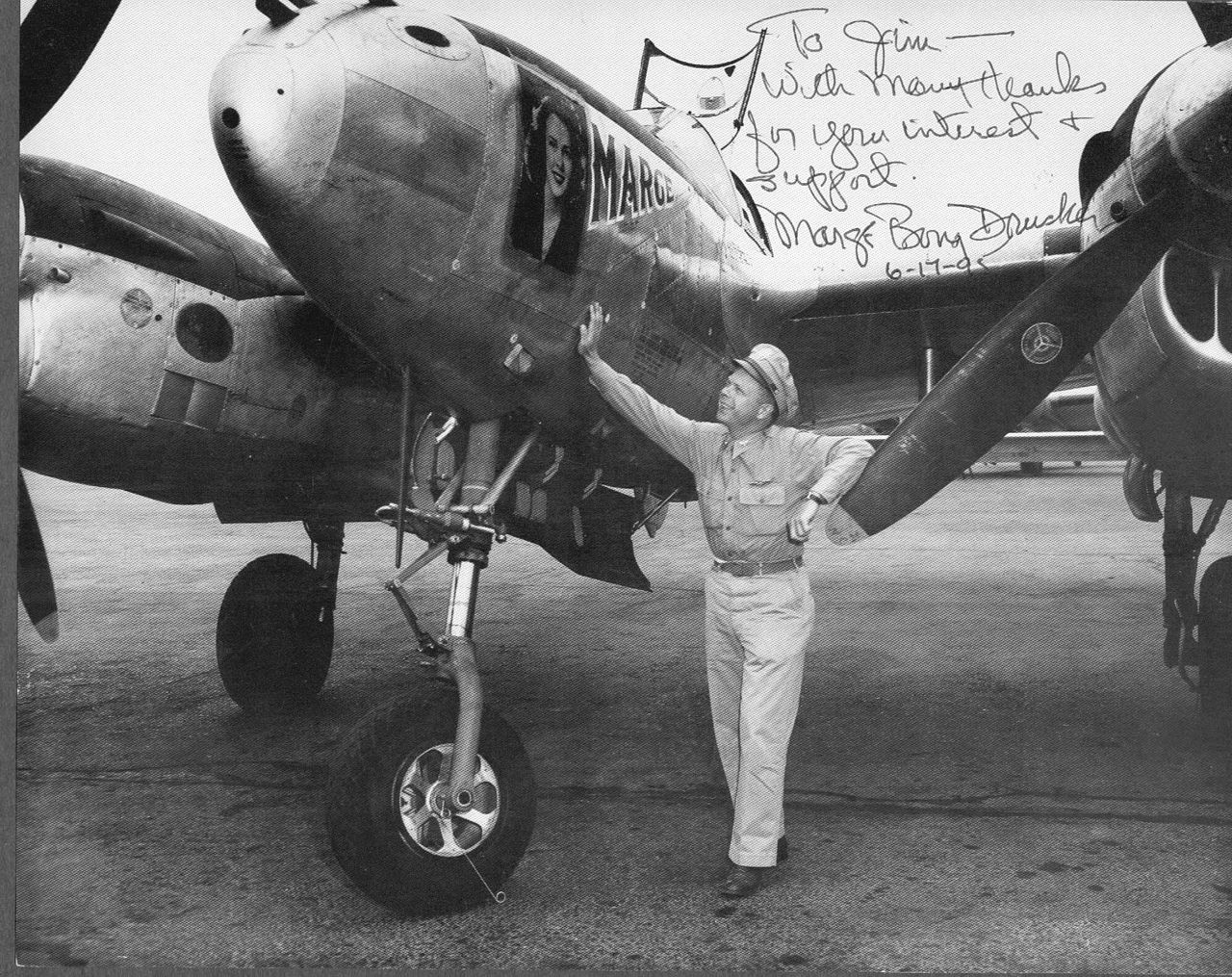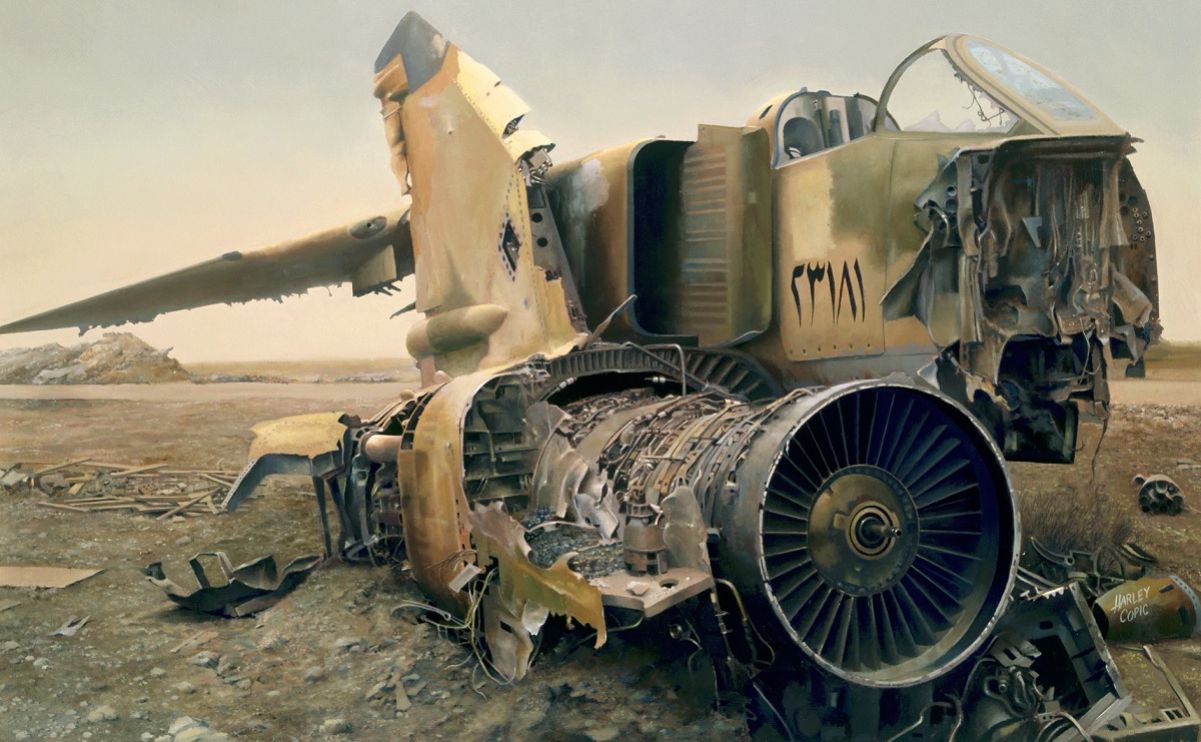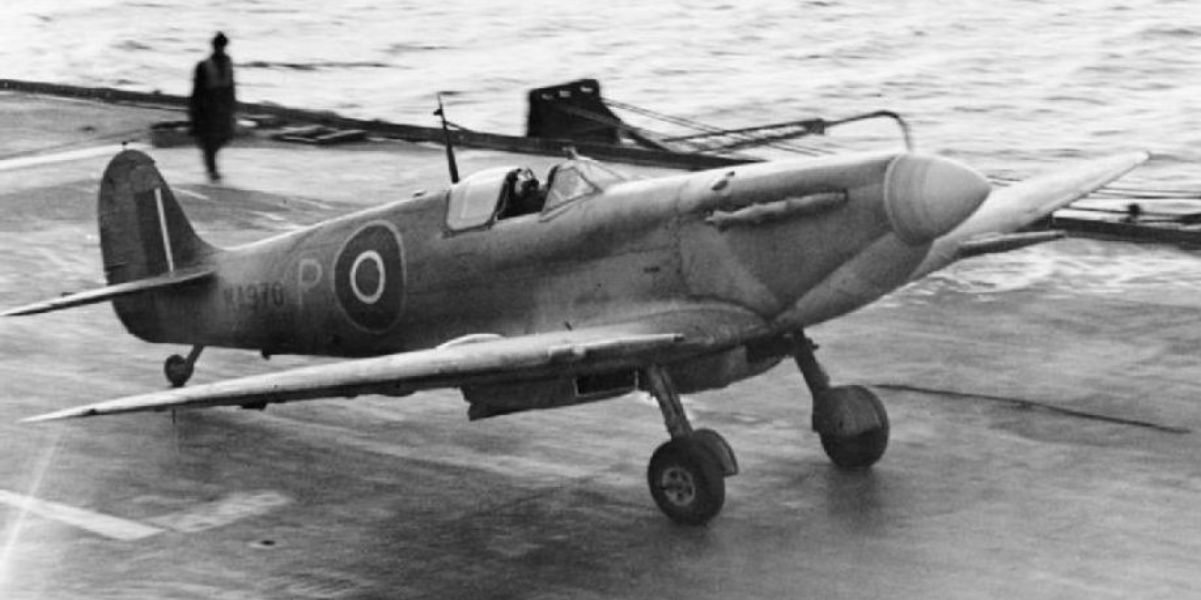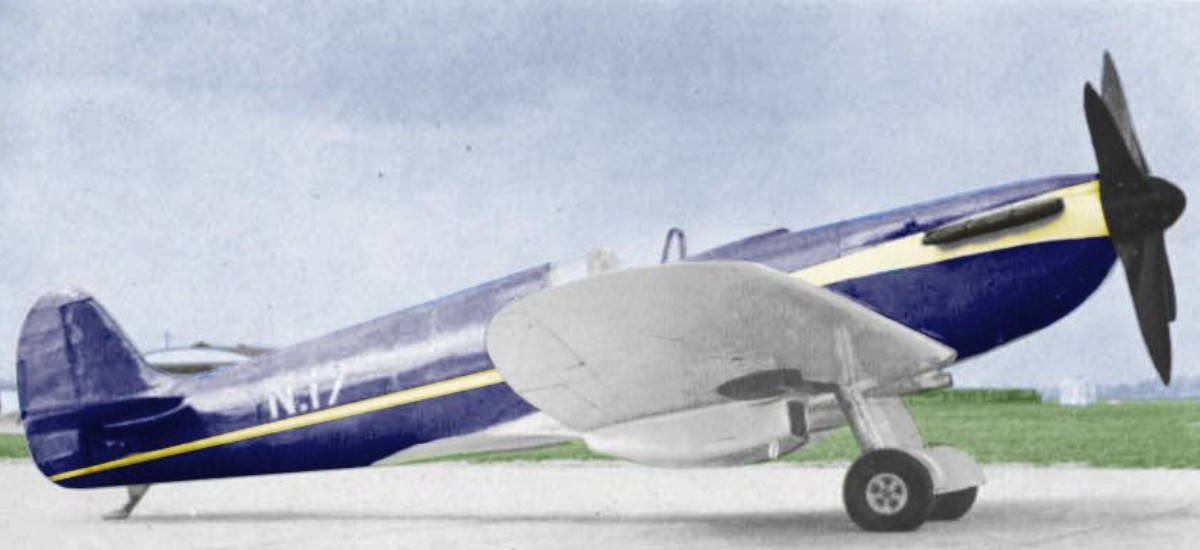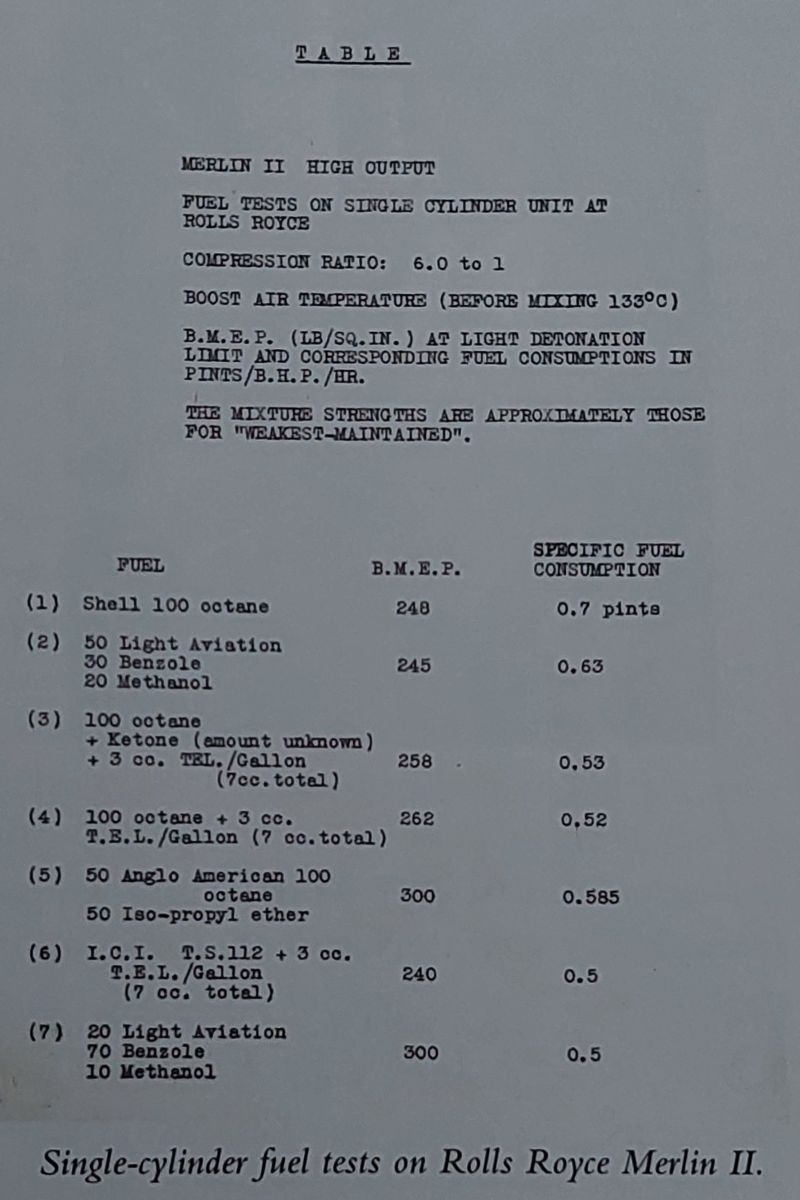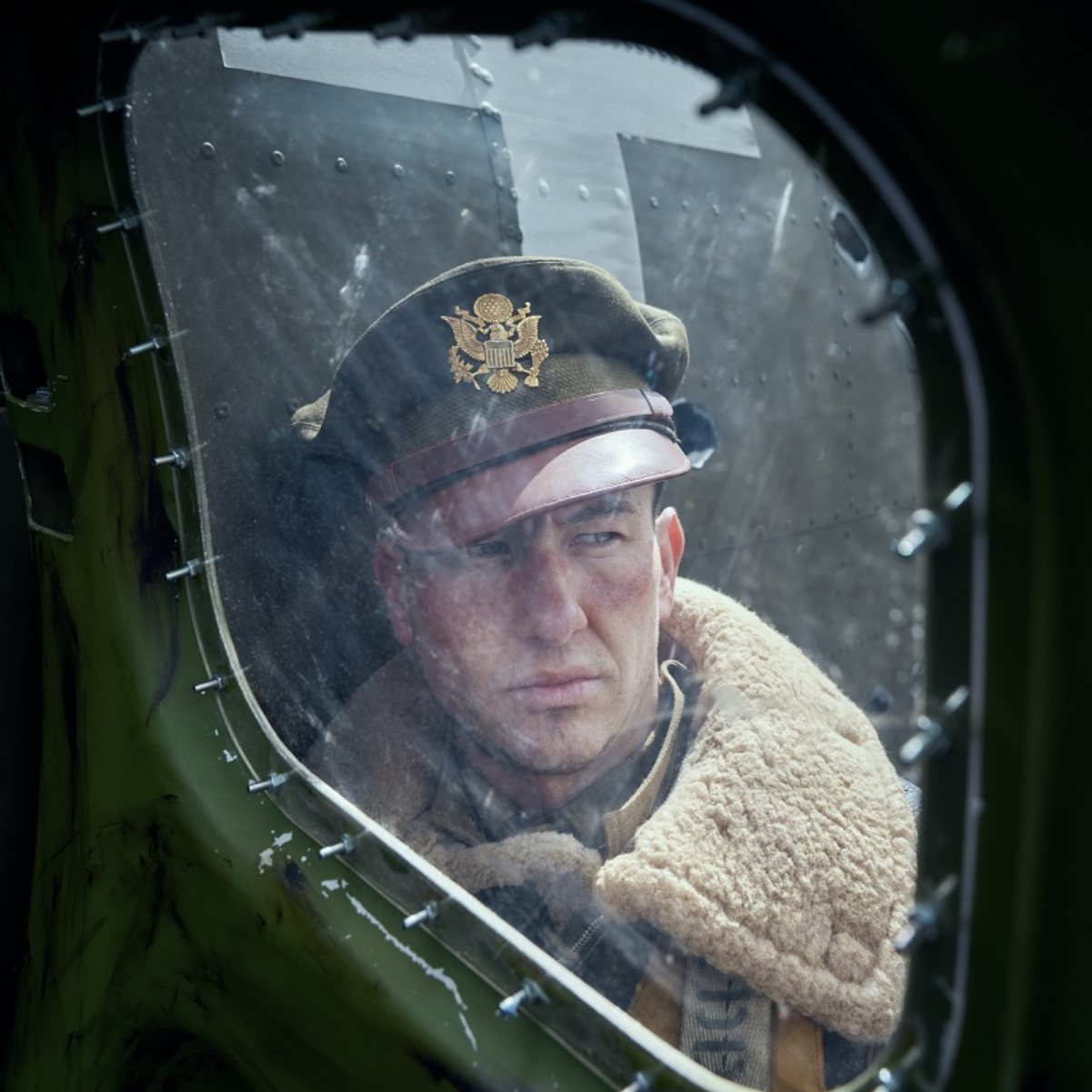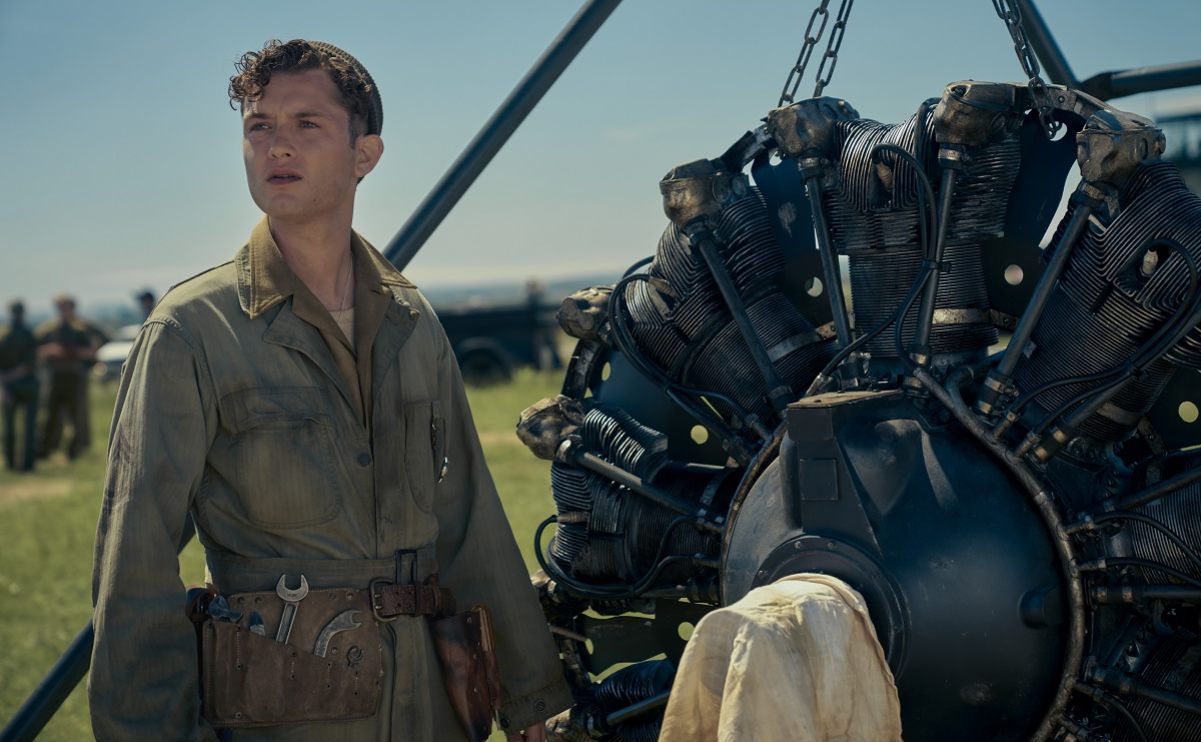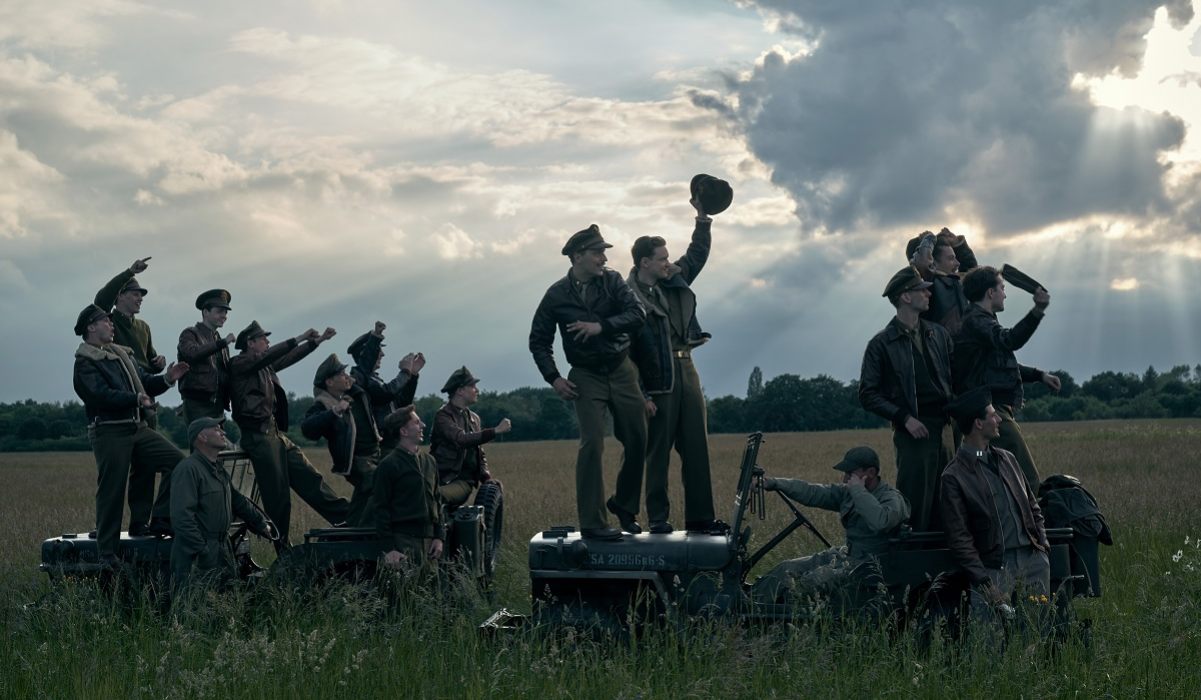RAF Akrotiri
RAF Akrotiri, Cyprus, began on Jul. 1, 1955, when the first 30 personnel posted to the ‘Unit’ established themselves in the flat, dry, rocky scrubland on the windswept Akrotiri Peninsula.
Due to terrorist activity, Nicosia Airport was temporarily closed. As a result, Akrotiri was designated as the new location to handle civil aviation on the island, along with a temporary “civil airport reception center.” They also brought in an RAF Regiment Light Anti-Aircraft Wing.
The station’s strength increased dramatically in just 12 months, reaching 260 officers and 2864 other ranks by the end of August 1956. Construction trailed behind the unexpected demand for accommodations, which resulted in overcrowding and unhygienic conditions that sent 1430 people on a daily sick-out.
From the Station’s rudimentary beginnings with caravans and mud tracks, roads were developed, hangars were built, and some permanent buildings were constructed.
The Station reached its height in the 1960s and 1970s after the departure from east of Suez; Lightning, Canberra, Hercules, Argosy, and Vulcan aircraft were all permanently based squadrons operated from RAF Akrotiri.
The Avro Vulcan goes to New Zealand
In Tony Blackman’s book Vulcan Boys True Tales of the Iconic Delta V Bomber, Adrian Summer, a former Vulcan pilot who was the pilot in charge at the time of this story, remembers;
‘My greatest memory from Cyprus days was our New Zealand Ranger in February 1972. Ron had received a letter from the widow of an ex-squadron commander who had sadly died; he had had a silver bat, the IX Squadron emblem, as a mascot on their car and she wished to present it to the squadron. The only problem was that she lived in Christchurch, South Island, NZ.
‘Unfortunately, this was not sufficient justification for a trip ‘down under’ so a further reason had to be found. I am not sure how it happened, but Ron [Wg Cdr Ron Dick, Summer’s Vulcan captain) managed to get an invite to take part in the Hamilton Air Show, south of Auckland, North Island. Our base throughout our stay was the RNZAF airbase at Ohakea, just outside Palmerston North.’
Kiwis within the roundels
Summer continues;

‘As it happened, we were the first Vulcan to return to New Zealand since 1959 when a Vulcan B1 XH498 undershot the runway at Wellington damaging the port undercarriage, and crash-landed back at Ohakea. I understand the crew chief remained with the aircraft in NZ for a number of months! Our ranger was not without incident, but of a different kind.
‘During the first evening of our arrival, our aircraft was ‘zapped’ having kiwis painted within the roundels on either side of the nose. Then, during our flight down and back to Christchurch to pick up the silver bat, we came across an old steam train known as the “Kingston Flier’ which we managed to capture on F95 film. On returning to Ohakea, Ron was handed a telegram which was from the engine driver, a Mr Glendenning, which read-+++GREAT FLYBY STOP DID YOU KNOW THAT YOU HAD AN OIL LEAK UNDER YOUR LEFT WING STOP+++.
‘Apparently, several years later Ron Dick re-visited NZ and found out where Mr Glendenning was living. He knocked at his door and said to him “We have never met, but I have been close to you,” to which Mr Glendenning replied, “you’re that bloody Vulcan pilot.”
Vulcan flying up and down in New Zealand
‘Another occurrence was as a result of flying up and down the fantastically beautiful Milford Sound in New Zealand again during our flight back from Christchurch. Months after our return to Cyprus, I was back in the UK on my intermediate co-pilot’s course for conversion to the left-hand seat. I was browsing through the flying magazines in Smiths and came across a Vulcan filling the whole of the centerfold picture; on closer inspection, I realized it was our aircraft in New Zealand. The picture had been taken by an Australian professional photographer who was on his honeymoon and who happened to be fishing in Milford Sound at the time.
‘Flying back to Cyprus from New Zealand, whilst crossing the Inter-Tropical Front and endeavoring to climb out of severe icing, we had the outer lamination of two of our front windscreens crack. We subsequently landed safely at Tengah in Singapore, and the aircraft remained there for a double windscreen change whilst our crew flew back to Akrotiri by VC10.’
Kiwis within roundels again!
Summers concludes;
‘Some days later the aircraft was recovered back to base by Flight Lieutenant Jon Tye and his crew. Within minutes of it landing at Akrotiri, Ron was summoned to the station commander’s office to explain to John Stacey [RAF Akrotiri commander] why one of his aircraft had been seconded to the New Zealand Air Force. Ron had forgotten about the kiwis in the roundels!’
Vulcan Boys True Tales of the Iconic Delta V Bomber is published by Mortons Books and is available to order here.

Photo by Crown Copyright



